Thomson’s gazelle (Eudorcas thomsonii) is one of the most well-known and numerous gazelles in Africa, often seen in large herds on the open plains. Named after the explorer Joseph Thomson, these gazelles are famous for their speed and agility, making them a key player in the African savannah’s ecosystem.
Thomson’s gazelles, named in honour of the explorer Joseph Thomson, sport a coat of light brown with striking dark stripes along their flanks. A distinctive white patch adorns their rumps, extending beneath the tail, and their horns, which are ridged, sweep gracefully backwards. In contrast to their male counterparts, female Thomson’s gazelles might possess horns that are less pronounced, smoother, or occasionally absent. They are often mistaken for Grant’s gazelles, but Thomson’s gazelles are notably smaller and their white rump patch does not reach above the tail, unlike in Grant’s.
In Tanzania and Kenya, when you are on safari or visiting the national parks near Kilimanjaro or Mount Meru, you will see them everywhere it will seem like a zebra and Thompson safari. Even when you venture on a walking safari, these harmless wild animals will make you feel comfortable like you are on a Thompson trek. They have a habit of hanging around other antelopes and impalas and they run and jump in front of the safari vehicles.
In the social dynamics of Thomson’s gazelles, dominant males establish their territories with a flamboyant display of posture and by marking their turf with secretions from their scent glands. Meanwhile, females and their young roam in fluid groups, ranging from five to fifty members, traversing these male-marked territories. These groups are highly dynamic, with individuals coming and going, leading to a lack of clear leadership or hierarchical structure within the herd.
Physical Appearance of Thompson Gazelles:
- Size: Thomson’s gazelles are relatively small, with males standing about 60-70 cm (24-28 inches) at the shoulder and weighing between 20-30 kg (44-66 lbs). Females are slightly smaller.
- Coloration: They have a sandy brown coat with a white belly and a distinctive black stripe running from the front of the eye to the corner of the mouth, known as the “tear mark.” Their hindquarters also feature a black patch.
- Horns: Males have curved, S-shaped horns that can reach up to 40 cm (16 inches) in length, while females either have no horns or very small ones.
Thompson Gazelle Adaptations:
- Speed: Thomson’s gazelles are incredibly fast, capable of reaching speeds up to 80 km/h (50 mph). This speed is crucial for escaping predators like cheetahs, lions, and hyenas.
- Vision: They have excellent eyesight, which helps them detect predators from a distance, giving them a head start in their escape.
- Agility: Their slender build and long legs allow for quick turns and jumps, essential for navigating through the savannah’s terrain.
- Herding: Living in herds provides safety in numbers, with many eyes watching for danger. When one gazelle senses a threat, it performs a characteristic “stotting” or “pronking” — a series of high, stiff-legged jumps to alert others.
Habitat:
- Geographical Range: Thomson’s gazelles are primarily found in East Africa, particularly in Kenya and Tanzania. They inhabit the Serengeti plains, Maasai Mara, and other grasslands.
- Environment: They prefer short-grass plains and savannahs where they can see predators approaching from afar. Their habitat must also support their diet of grasses, leaves, and shoots.
- Migration: During the wet season, they migrate in search of fresh grazing lands, following the rains. This migration is part of the larger wildebeest migration, where they travel alongside other herbivores.
Experience Thompson Safaris
To Experience Thompson safaris, any itinerary will give you a chance to see these always curious herbivores that fall prey to almost every predator in the wild side of Kenya and Tanzania. Thomson’s gazelles play a vital role in the ecosystem by being a primary food source for many predators. Their adaptations for speed and vigilance are evolutionary responses to the constant threat of predation. However, like many species, they face challenges from habitat loss due to human expansion and poaching, though their numbers remain relatively stable due to their adaptability and the protection of some of their habitats within national parks and reserves. Below are some sample safaris to experience game viewing of the Thompson gazelles.
- 7 Days Tanzania Luxury Safari
- 7 days Tanzania Fly-in Tarangire, Serengeti, Ngorongoro Luxury Safari + Optional Balloon Safari
- 12 Day Tanzania luxury honeymoon safari experience with Zanzibar Beach
- 16 Days Wildebeest migration safari, Kilimanjaro trek and Zanzibar
- Golfing at Kiligolf, Luxurious Kili Villa Accommodation and Mount Kilimanjaro Luxury trekking
Thompson treks, when is the best time?
The best time to see Thomson’s gazelles in Tanzania, particularly in the Serengeti National Park and around the Kilimanjaro region when you combine your trek with a nice Thompson safari, aligns with the broader advice for wildlife viewing in the region:
- Dry Season (June to October): This period is generally considered optimal for several reasons:
- Game Viewing: The vegetation is less dense, making it easier to spot wildlife, including Thomson’s gazelles, which tend to congregate around water sources due to the scarcity of water elsewhere.
- Great Migration: During this time, especially from July to October, you can witness the Great Migration, where Thomson’s gazelles are part of the vast herds moving across the Serengeti, making it an excellent time to see them in large numbers. The river crossings, particularly at the Mara River, are a spectacle where Thomson’s gazelles are often seen.
- Considerations for Migration Viewing:
- If your primary interest is the migration, remember that the herds are in the southern Serengeti from December to May, but for the dramatic river crossings and the peak of the migration in terms of visibility and action, July to October in the northern and western regions is ideal.
- Avoiding Crowds: While the dry season is the peak for tourists due to the migration and better game viewing, if you’re looking for fewer crowds, consider the shoulder seasons like April-May or November. However, be prepared for potentially less ideal weather conditions or less predictable animal movements.
- Behavioral Patterns: During the dry season, Thomson’s gazelles, like other wildlife, are more visible not just because of the landscape but also because they are forced to move to water sources, making their presence more concentrated and thus easier to observe.
Given these points, if your goal is to see Thomson’s gazelles in the context of the Great Migration or for general wildlife viewing where they are prominent, June to October would be your best bet. However, for a more exclusive experience with possibly fewer tourists, you might consider the shoulder months, keeping in mind the trade-offs with weather and wildlife behaviour.
Additional information
| Habitat | Kilimanjaro National Park, Mount Meru, Mount Kenya, Rwenzori |
|---|

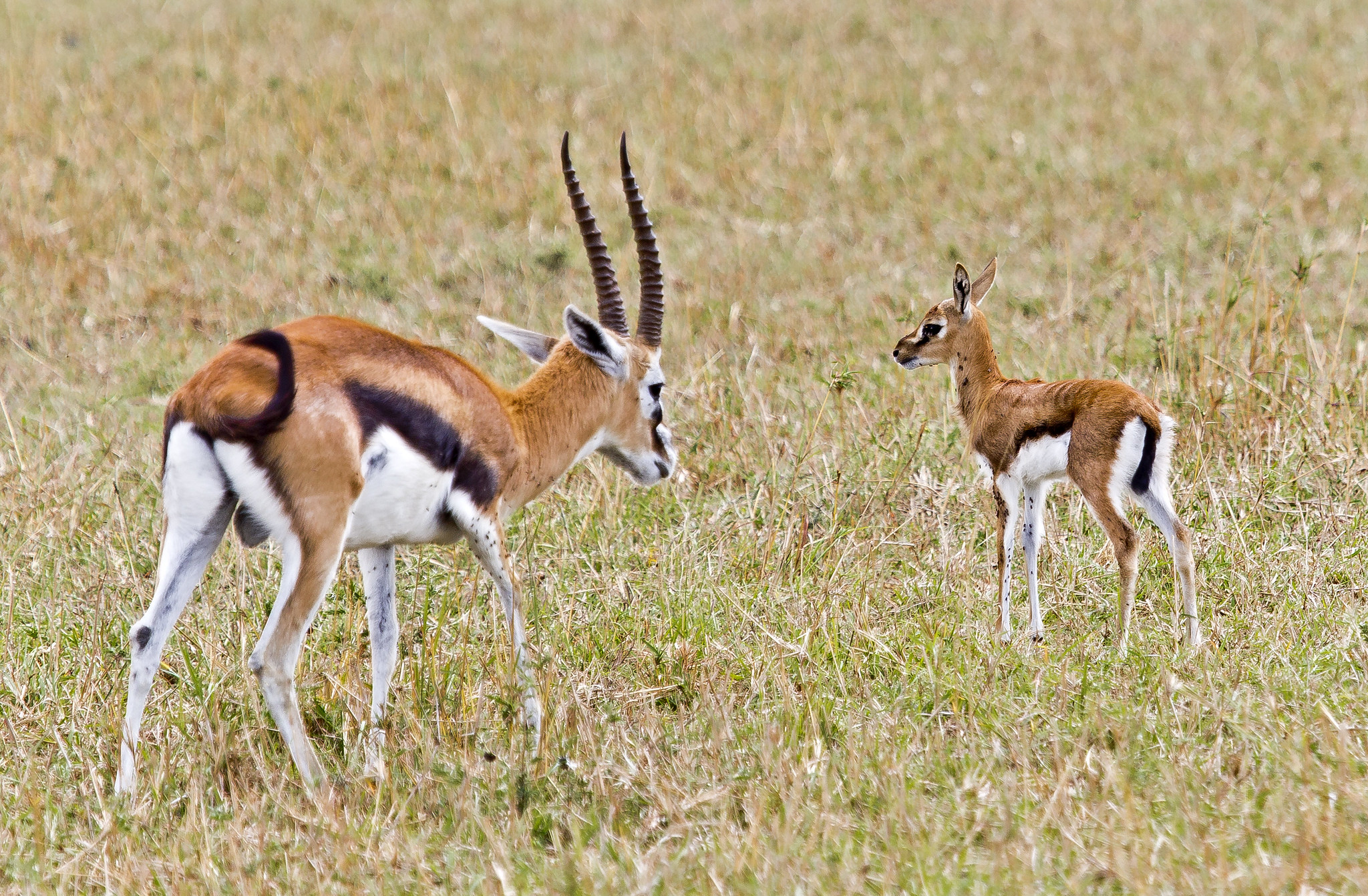
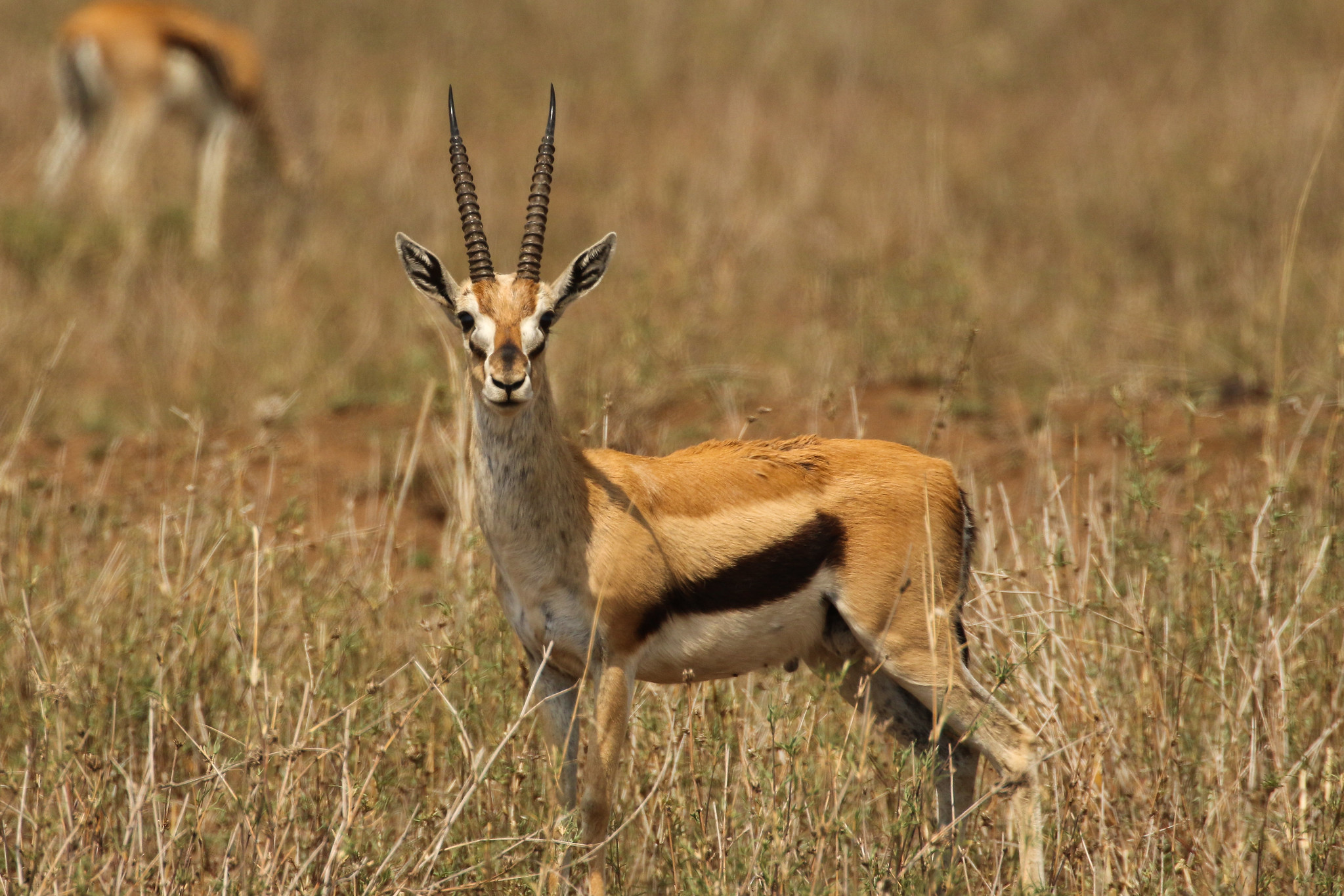
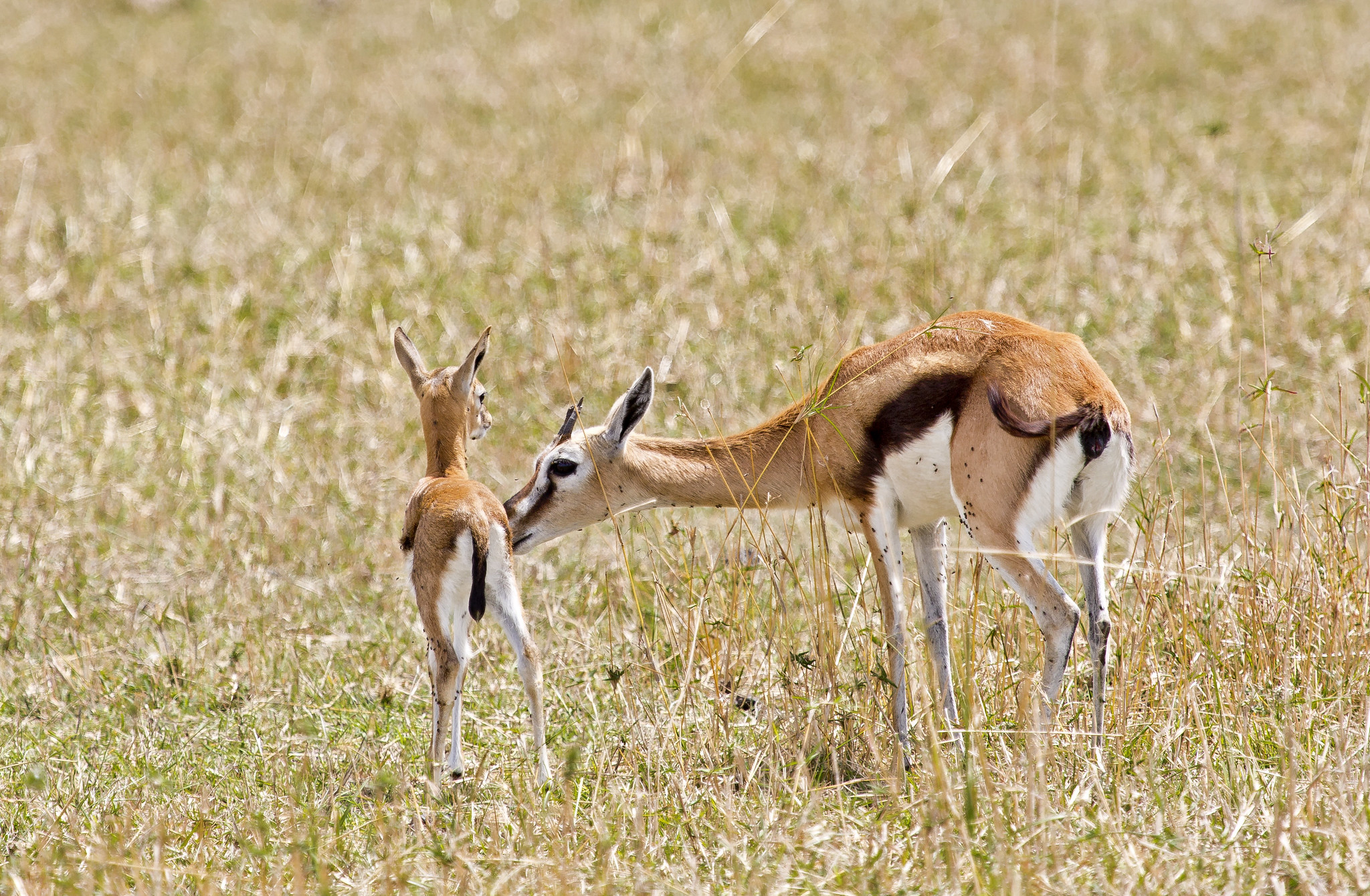
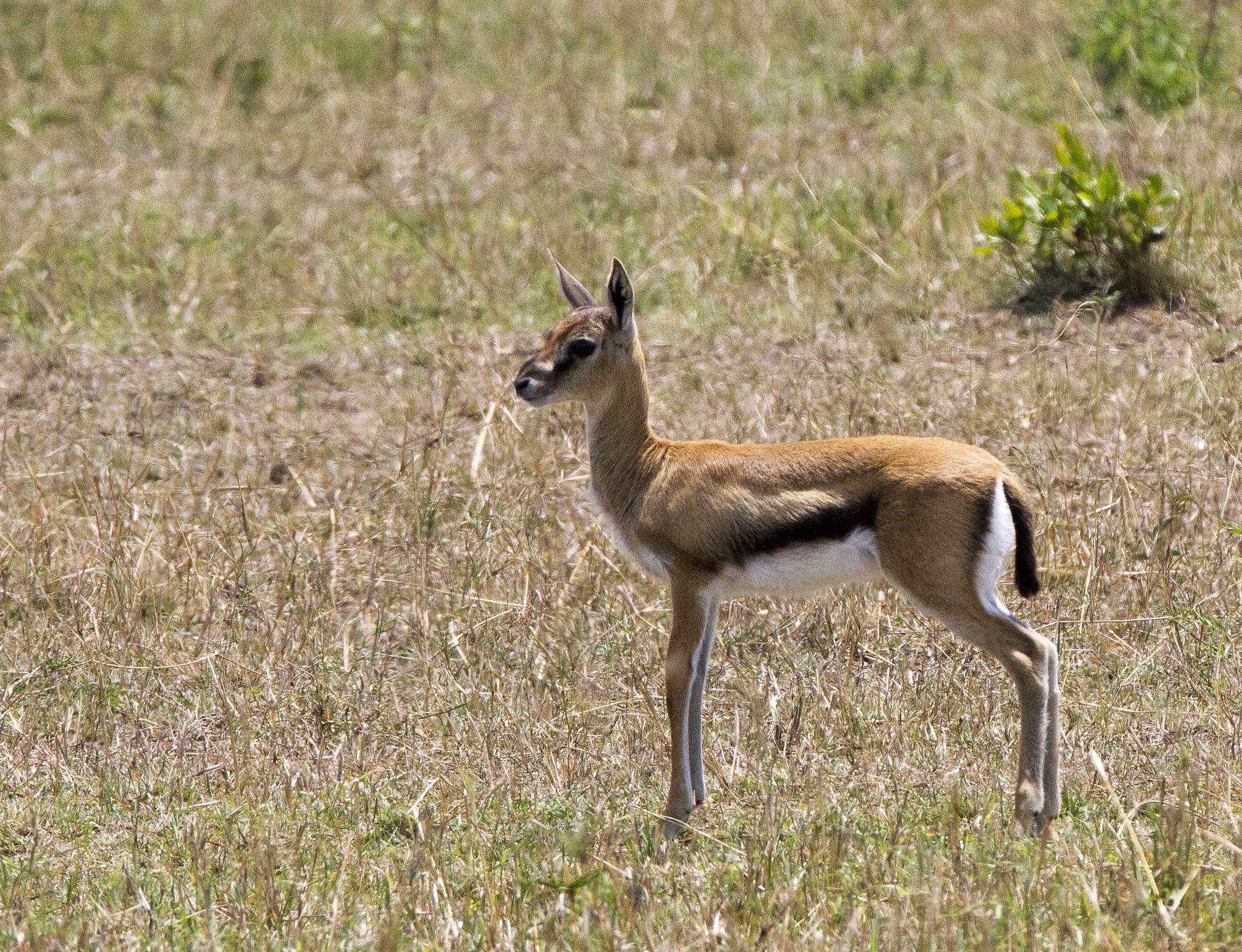
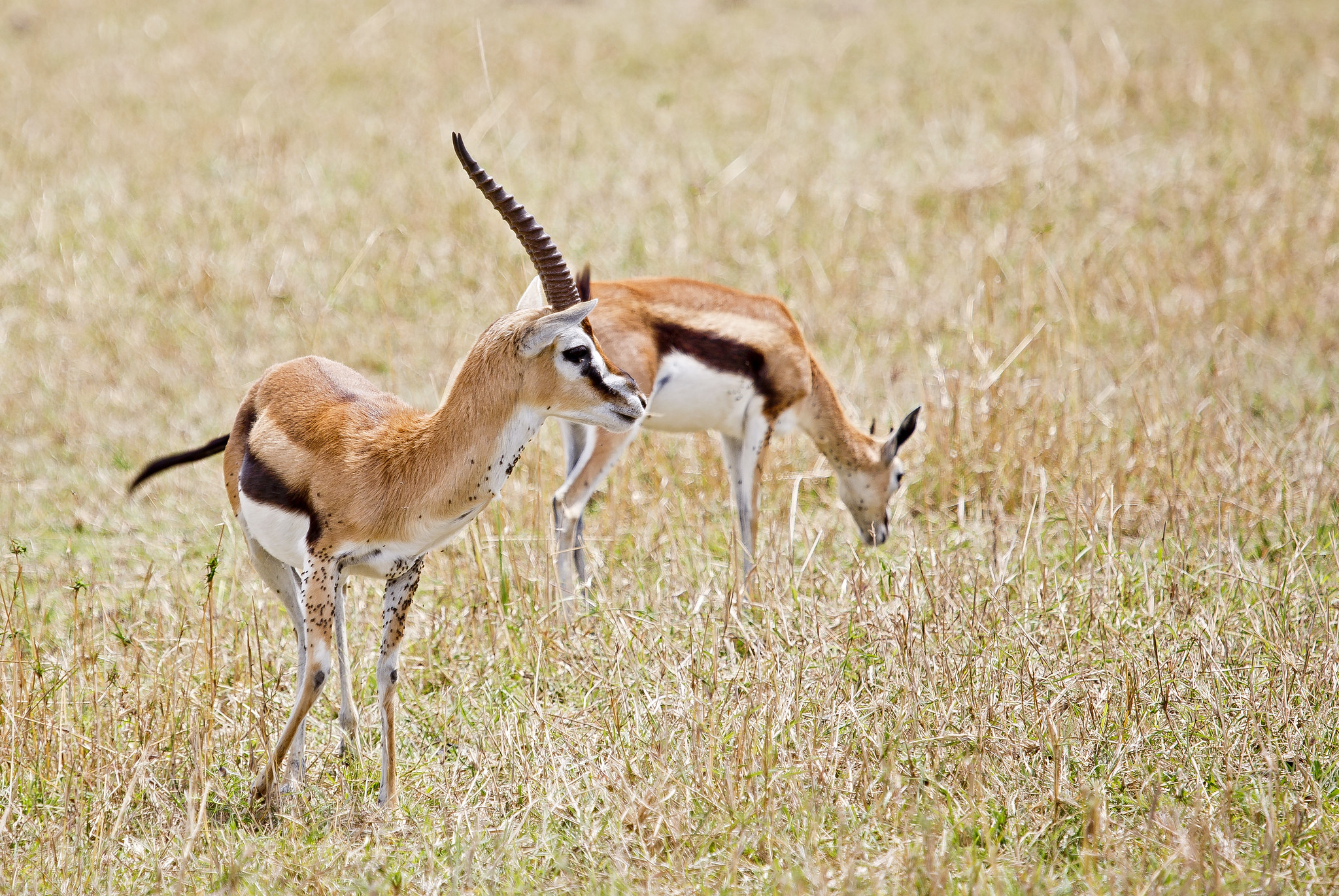
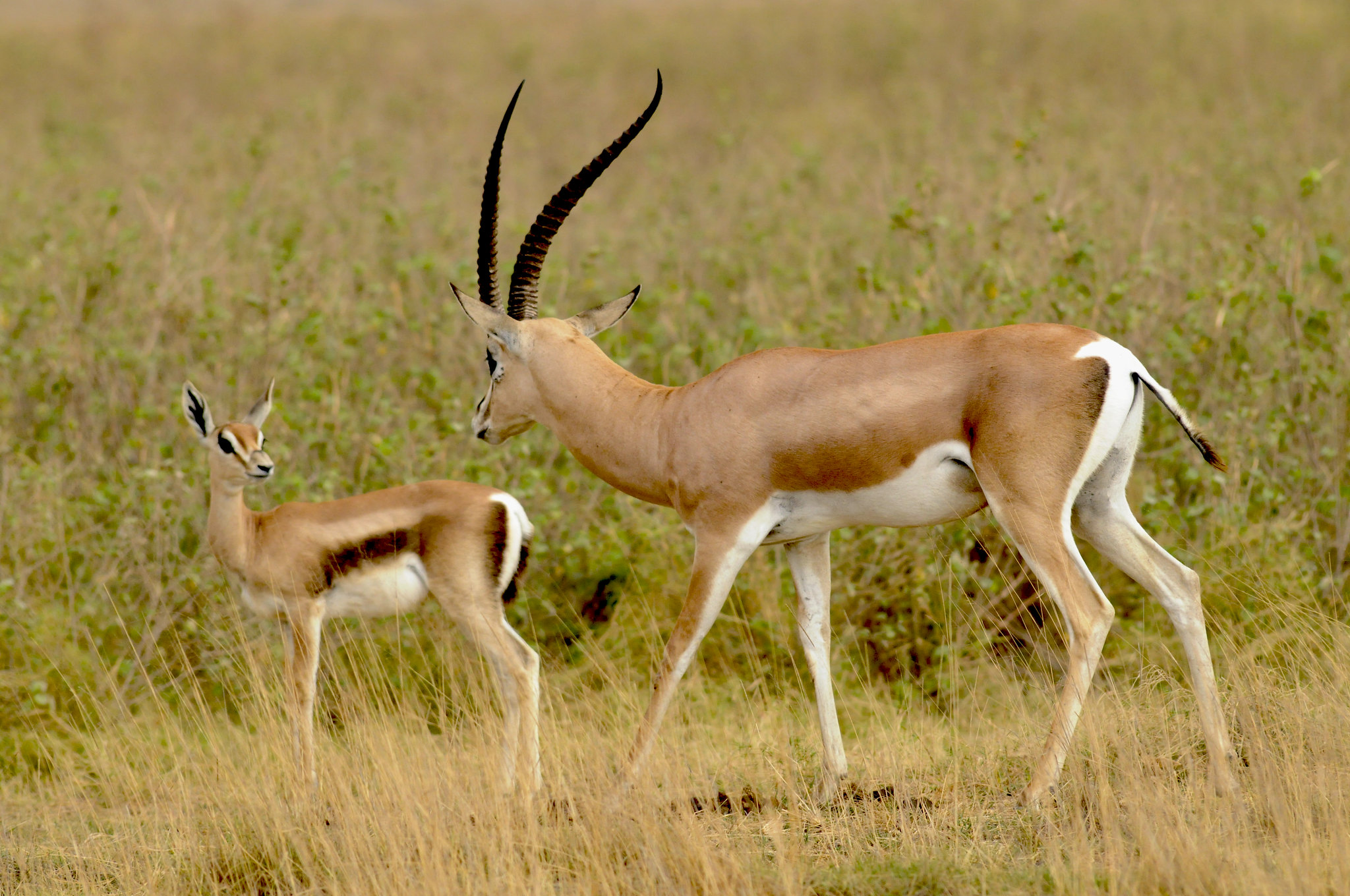
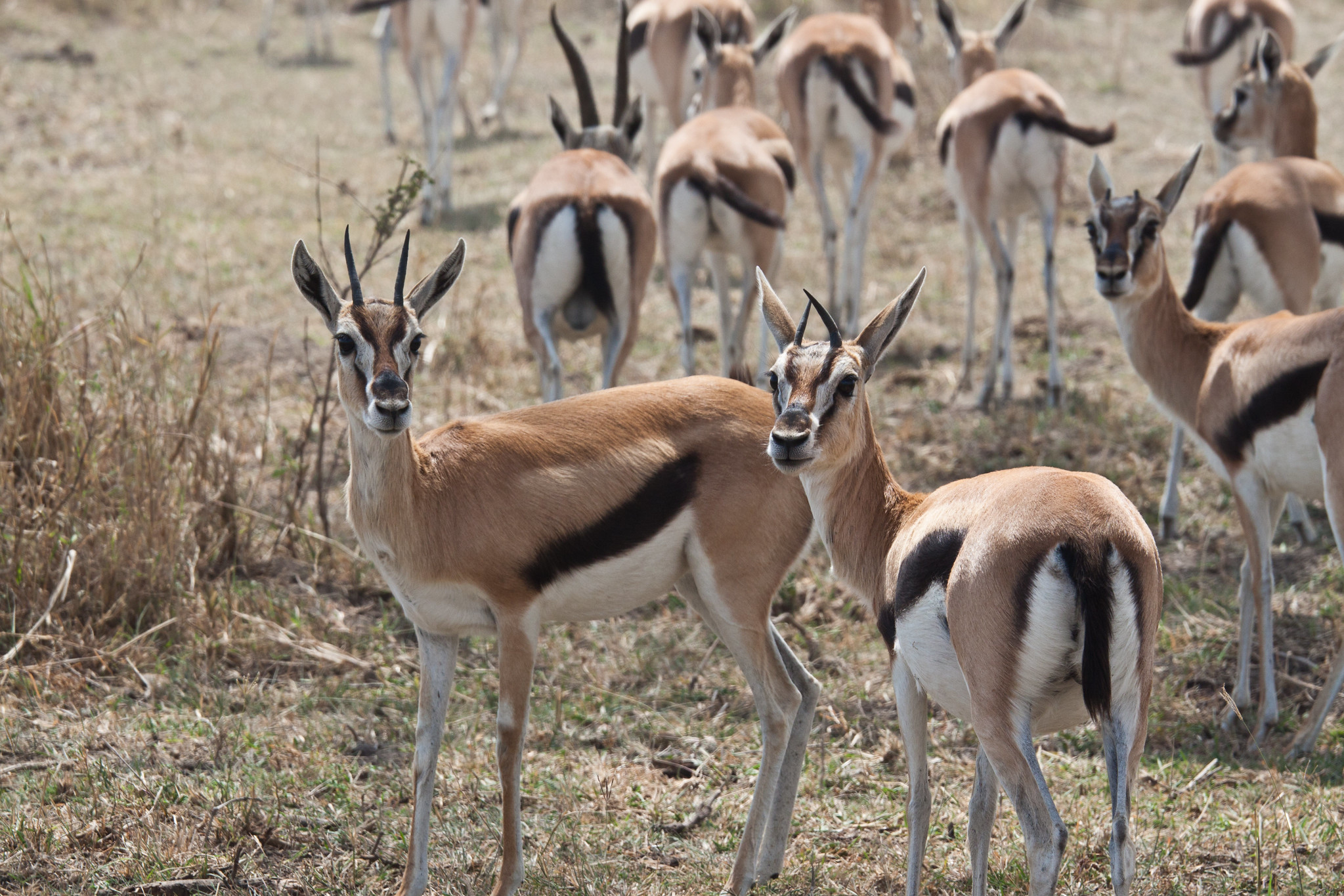
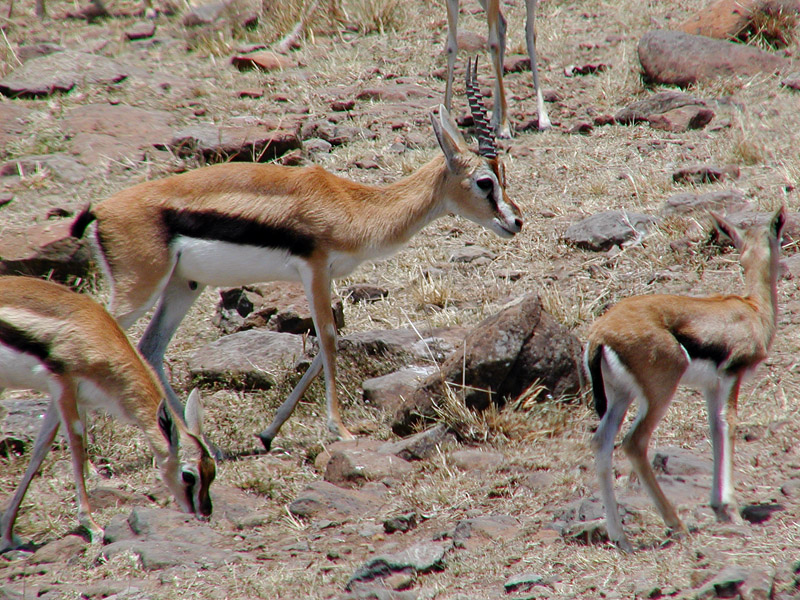
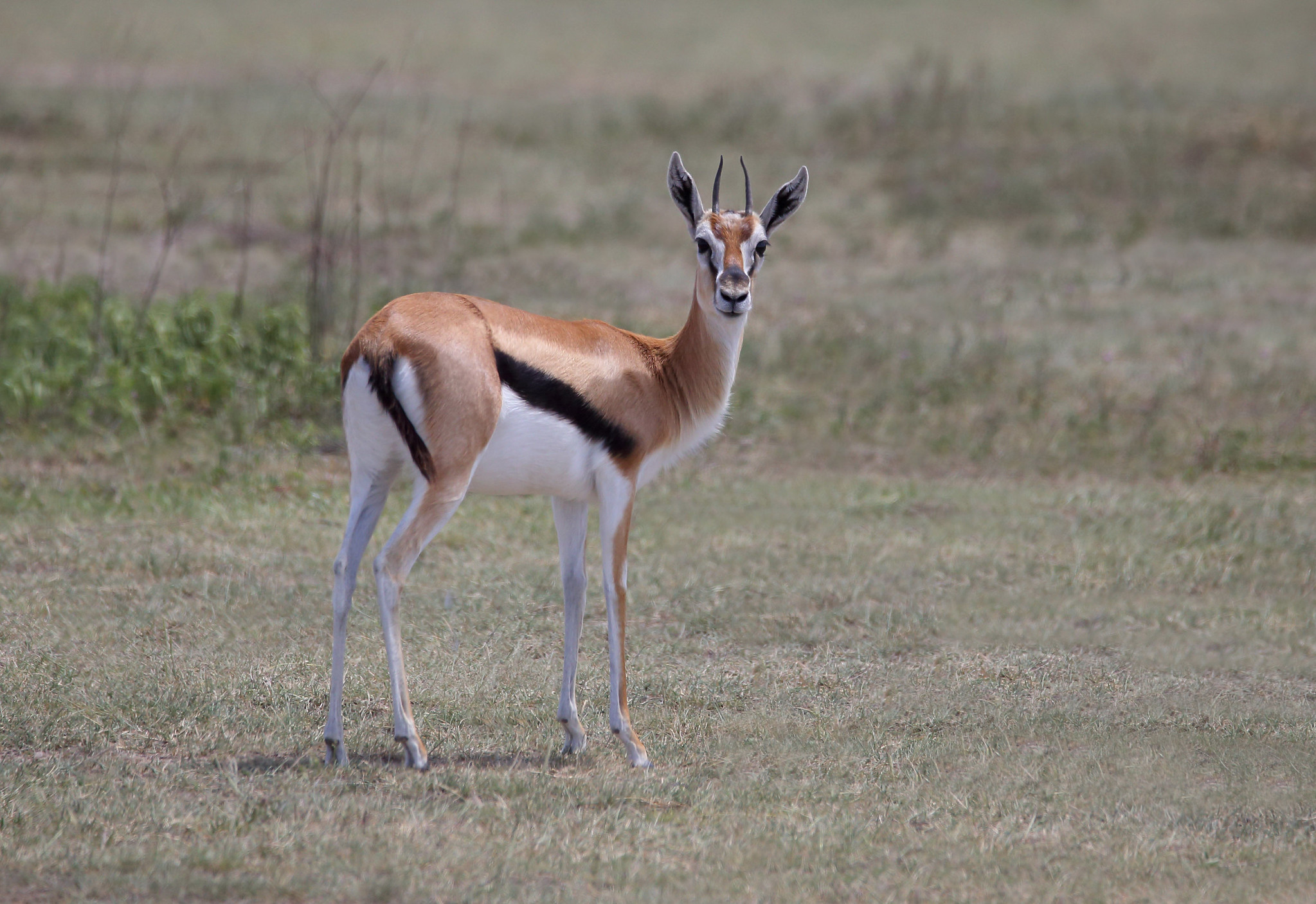
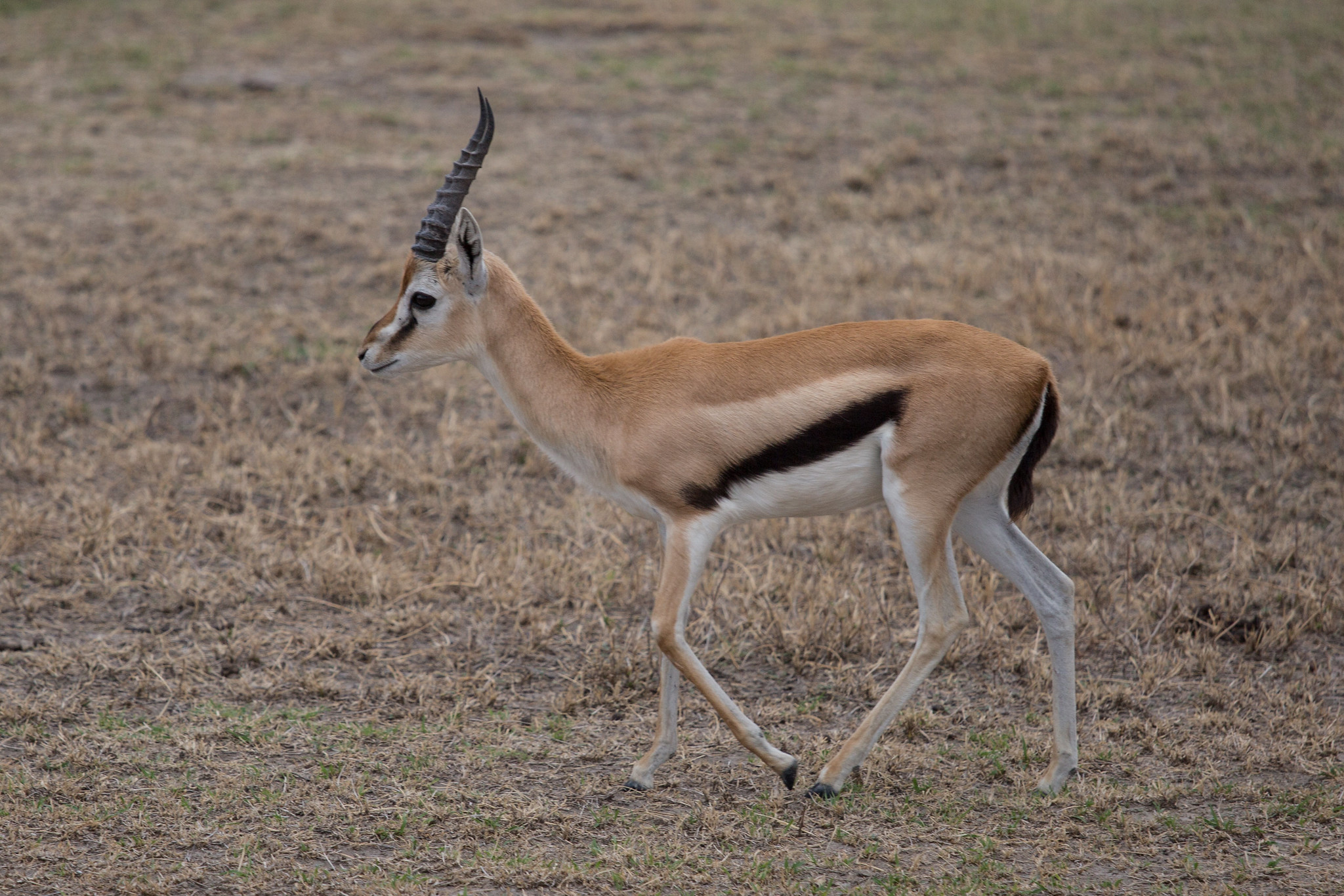
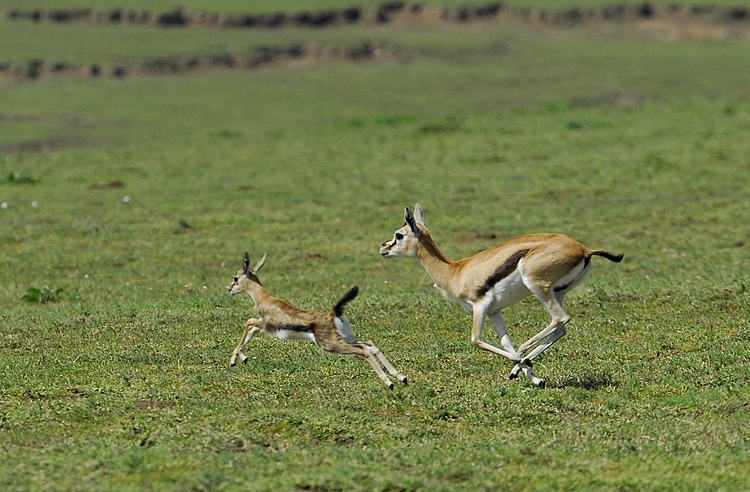
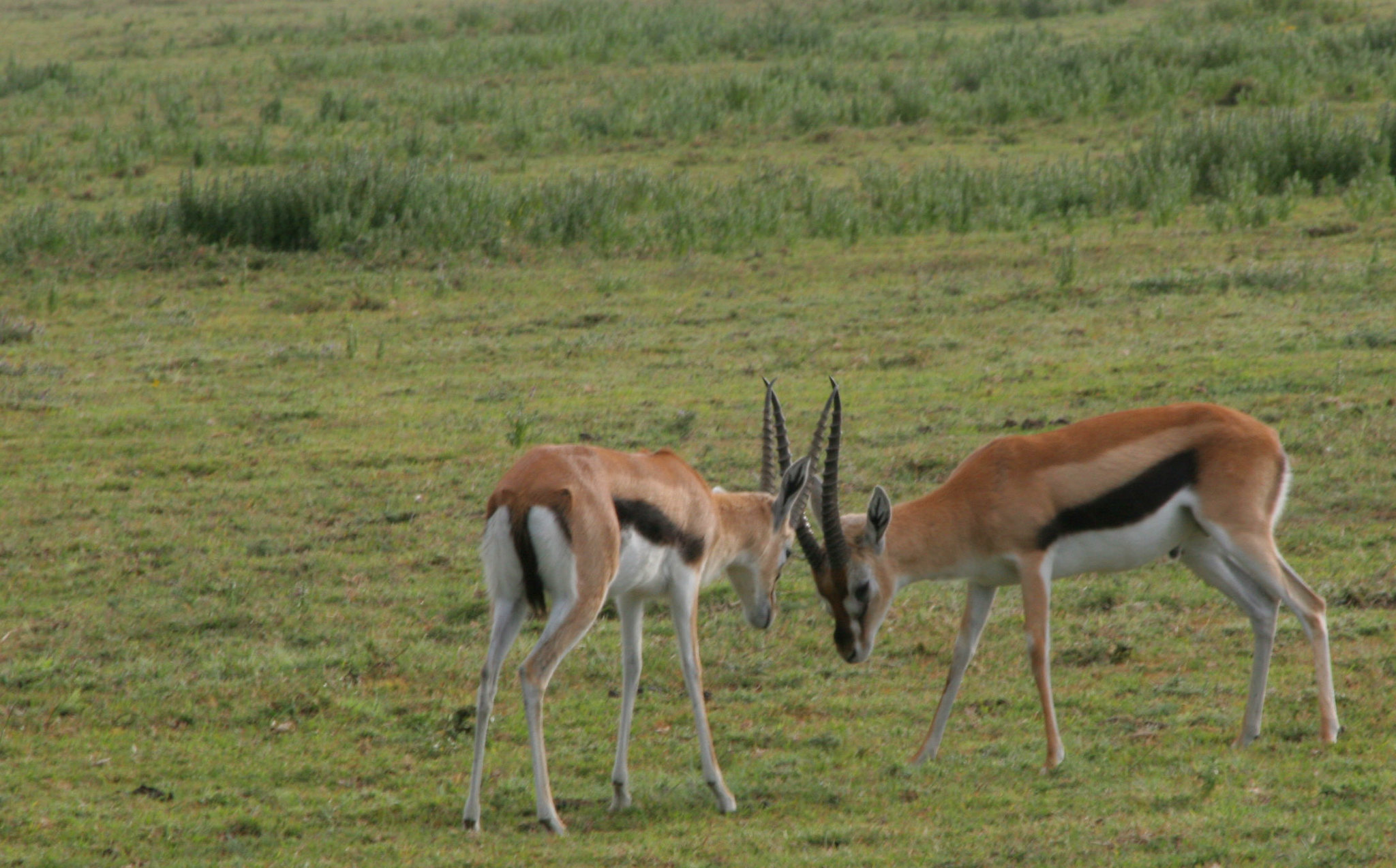
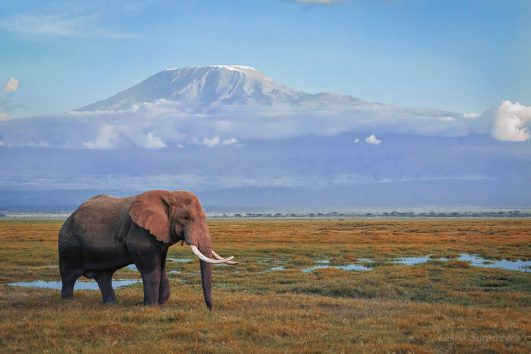
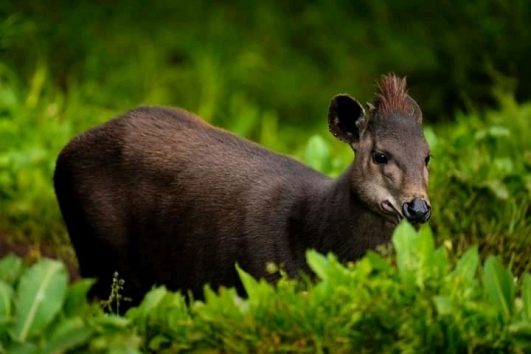

Tour Reviews
There are no reviews yet.
Leave a Review